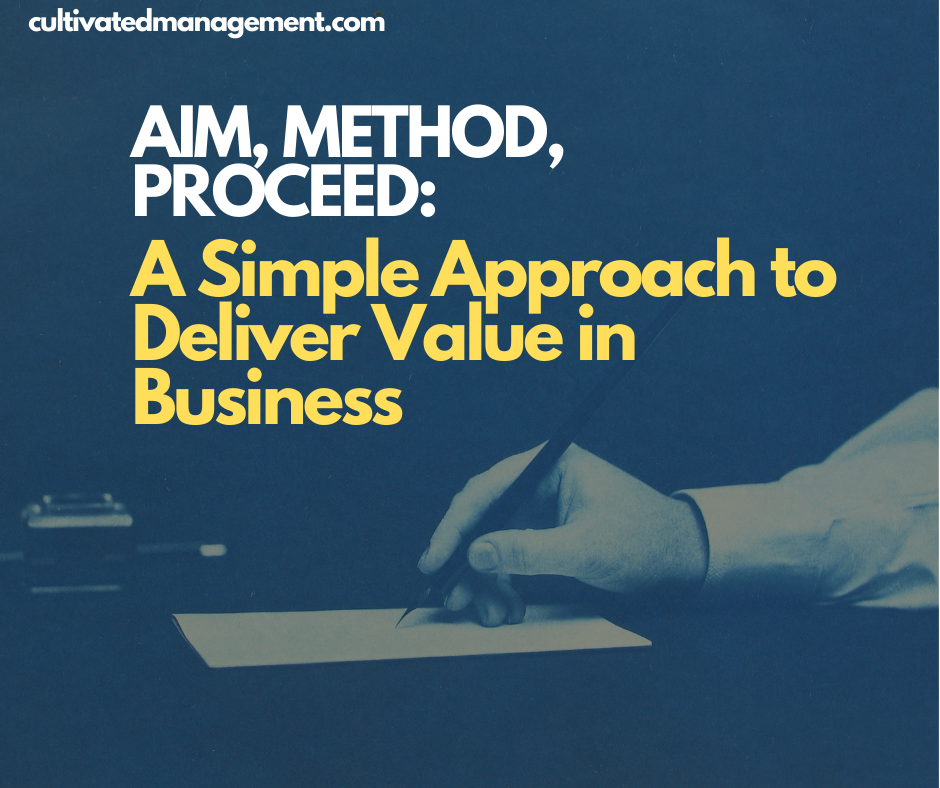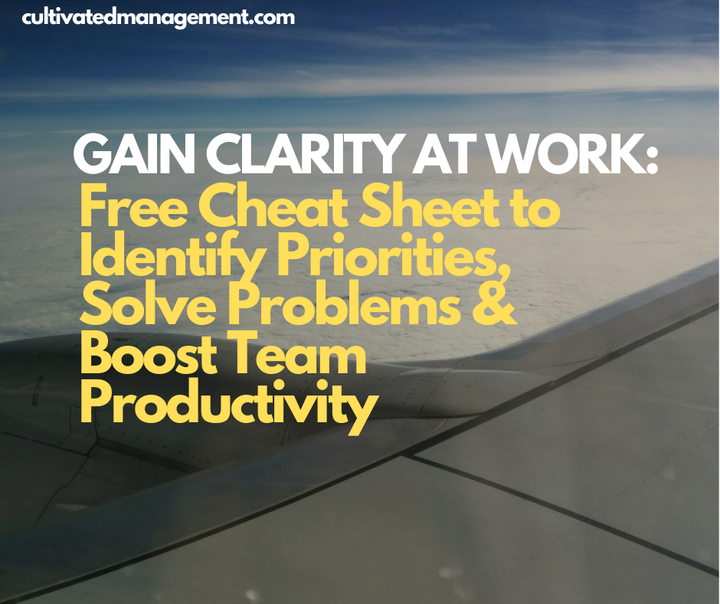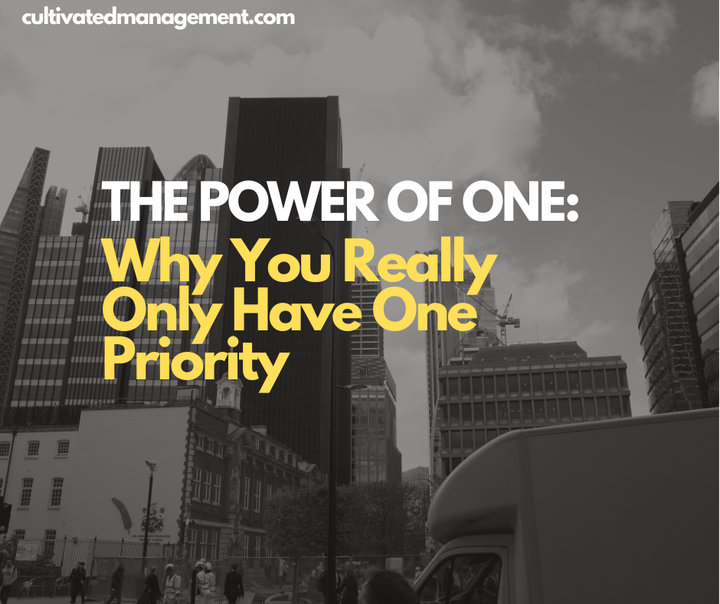Aim, Method, Proceed: A Simple Approach to Deliver Value in Business
Struggling to get results at work? Discover the Aim, Method, Proceed approach — a simple, practical approach to clarify goals, choose the right methods, and take action. Learn how clear aims and flexible methods help leaders, teams, and business owners deliver real value.

Our business world is full of methodologies, approaches, and theories. I’ve written before about how theories must have utility — well, the same goes for methods.
One approach I use when coaching and consulting with business leaders is simple: Aim, Method, Proceed.
It’s not uncommon for managers, leaders, and business owners to have a murky or unclear aim, to be juggling a higgledy-piggledy mix of methods, and to feel stuck in the pursuit of value – i.e, not really proceeding in the right way.
With strong opinions, good intentions, red tape, and self-sabotage all in play, it can be really chaotic, noisy and frustrating in many organisations, cutting through the chaos with simple language and simple ideas is refreshing.
Aim, Method, Proceed does exactly that: it highlights where the problems are and provides a path forward - kind of like a micro approach to the broader impactful Releasing Agility model.
The goal is to get clear, find suitable methods and move into action. Pace doesn’t matter when you get on the right track — crawl, stumble and fall if you need to — but every step brings you closer to your aim. But we must start with something to aim at.
Aim, Method, Proceed
Start with the Aim
It always starts with something to aim at. Clarity on the what and why is essential:
- Aim: Where we are going, what we’re trying to achieve, and why.
- Method: How we’re going to get there.
- Proceed: Moving into action.
Perfection isn’t necessary. All we need is clarity on the aim and method, and we can then proceed forward with confidence.
I’ve written a lot about painting a picture of the future, problem solving, strategy and vision, so this post will focus on method. In other words, how we are going to do it.
Focusing on Method
Method comes from the Greek methodos, meaning a regular order or path toward a result. In business, a method is a defined (but flexible), pre-arranged approach designed to deliver value to customers. It draws on people, processes, technology, and principles.
In other words, a method explains how we are going to go from idea to value.
This isn’t about rigid long-term plans, rote processes, or micromanagement. A method is a set of guiding principles, rules and approaches that help people get good work done.
I often encourage modified Scrum methodologies — adapted to your aim, culture, and deliverables. This is a good example of a methodology and a framework, designed to explain how you are going to deliver value. The key is to choose principles and rules that serve your aim, then iterate as you learn more.
Lean Portfolio Management is also a highly effective method for larger scale programmes of work. My approach, no surprise, is focused on a core guiding principle and rules that make sense for your context.
Productivity and work-management tools are methods too — they’re containers with rules guiding how work is done.
If you have a clear aim, then you need to be clear about your method. How are you going to achieve your aim?
Your method doesn't have to be 100% correct and certainly shouldn't be set in stone. It will need refining and improving as new information and learnings come to life. Combine approaches, principles and rules to create your own methods, test them, adapt if needed — but always ensure this is in service of the aim.
Why Method Matters
Without a method, chaos reigns. Loud voices, conflicting opinions, and random approaches to the delivery of value take over. A clear method provides a repeatable, scientific way to test what works, so you can learn, and improve.
A good method doesn’t constrain creativity — it frees people to focus on solving problems, innovating, and adding value, rather than worrying about the basics of execution.
Delivery involves too many variables to leave to chance. Improvisation and flexibility around how you are delivering are required, but they should be the exception, not the rule. Just don't spend too long discussing methods and the mechanics of the business at the expense of being clear about the aim and getting into action.
A well-considered method — chosen, built, and tested in service of a clear aim — keeps everyone aligned and focused on doing the right work. And if the method isn’t working? Change it. Adapt. Iterate. Keep evolving. Not having one just makes delivering value that much harder.
Are we clear about our aim, do we have a method we can explain (principles, approach, rules) and is it serving us? Usually the answer is no to one of these questions.
If we have an aim and a method, then we can proceed.
Trinity of Effective Communication Bundle: Get Zero to Keynote, Workshop Mastery, and the Communication Superpower course—all in one powerful package.


